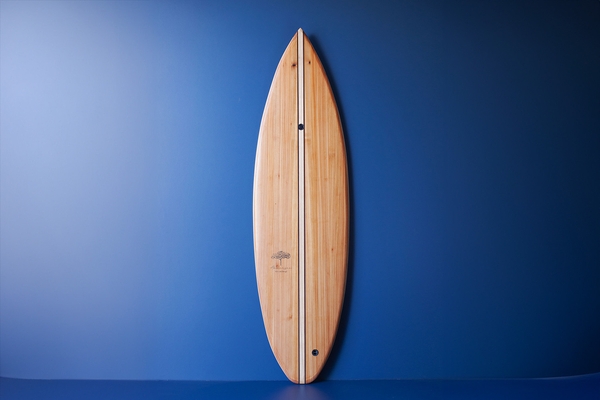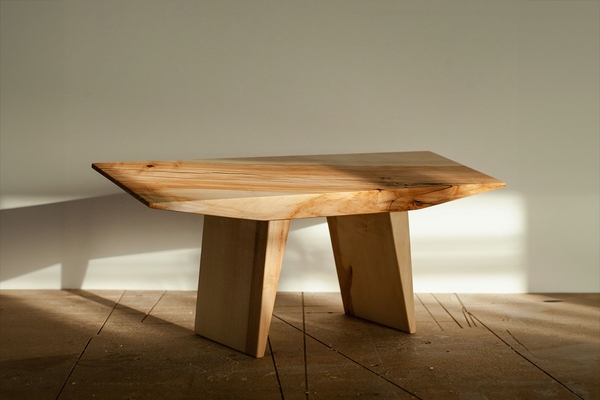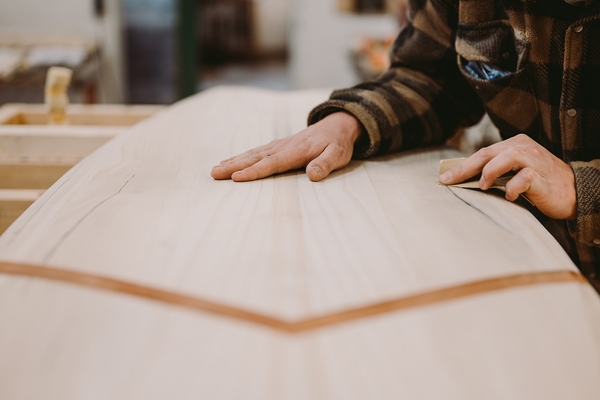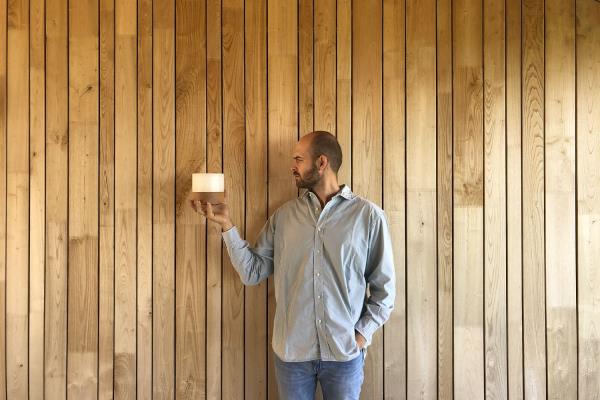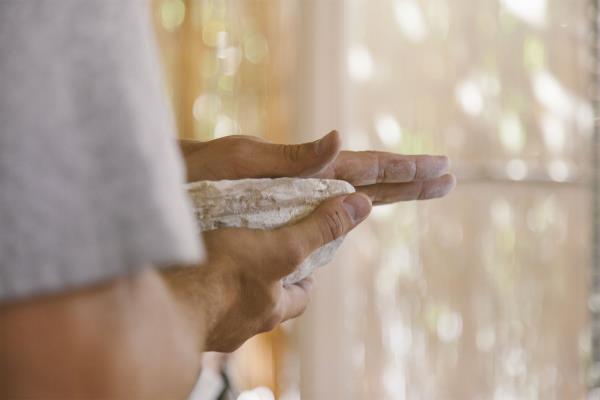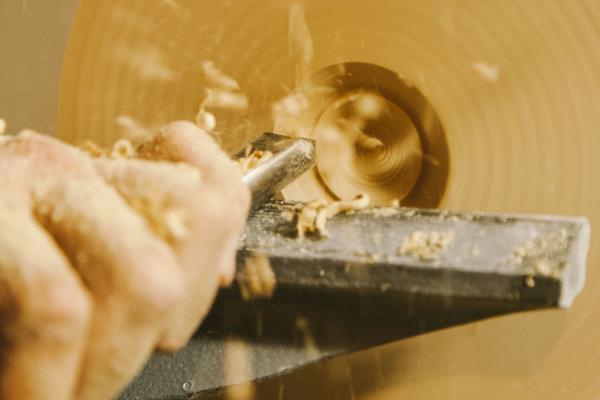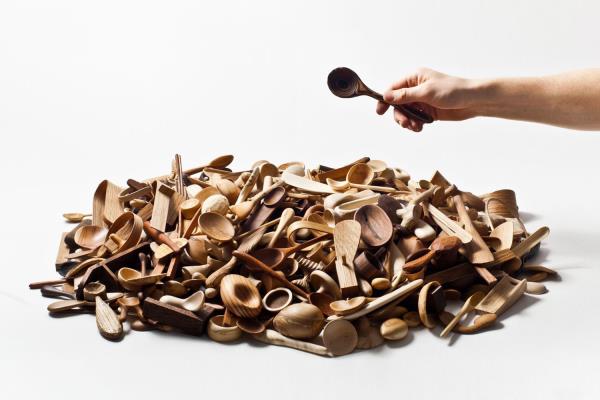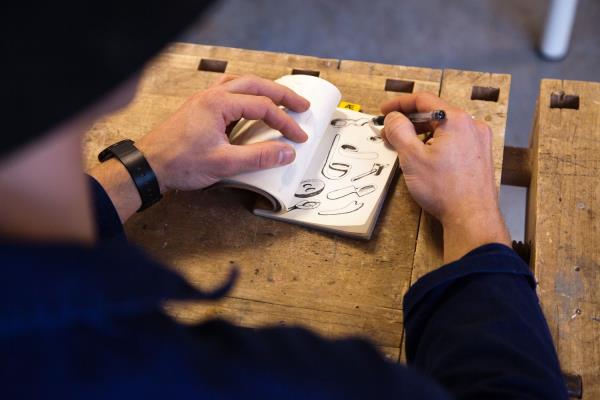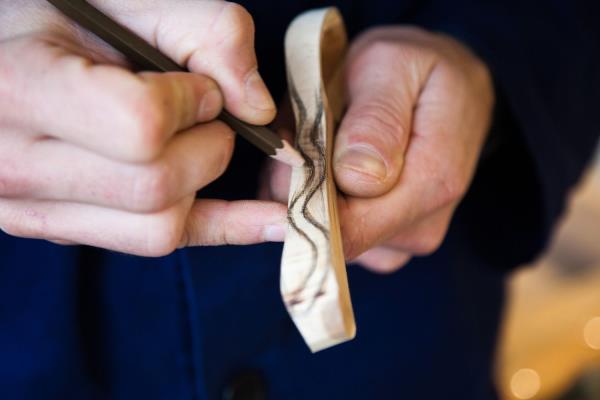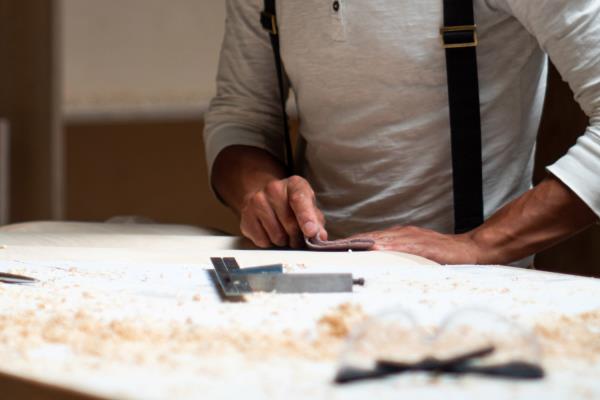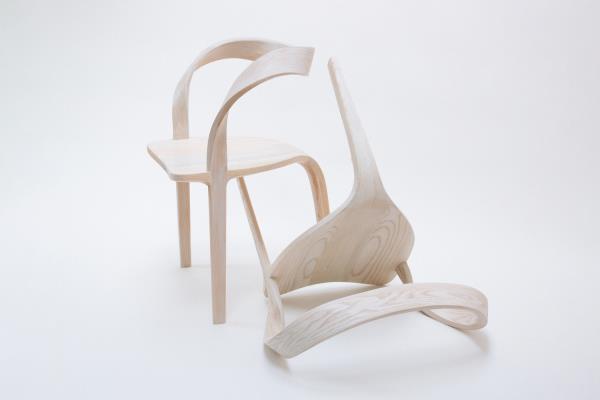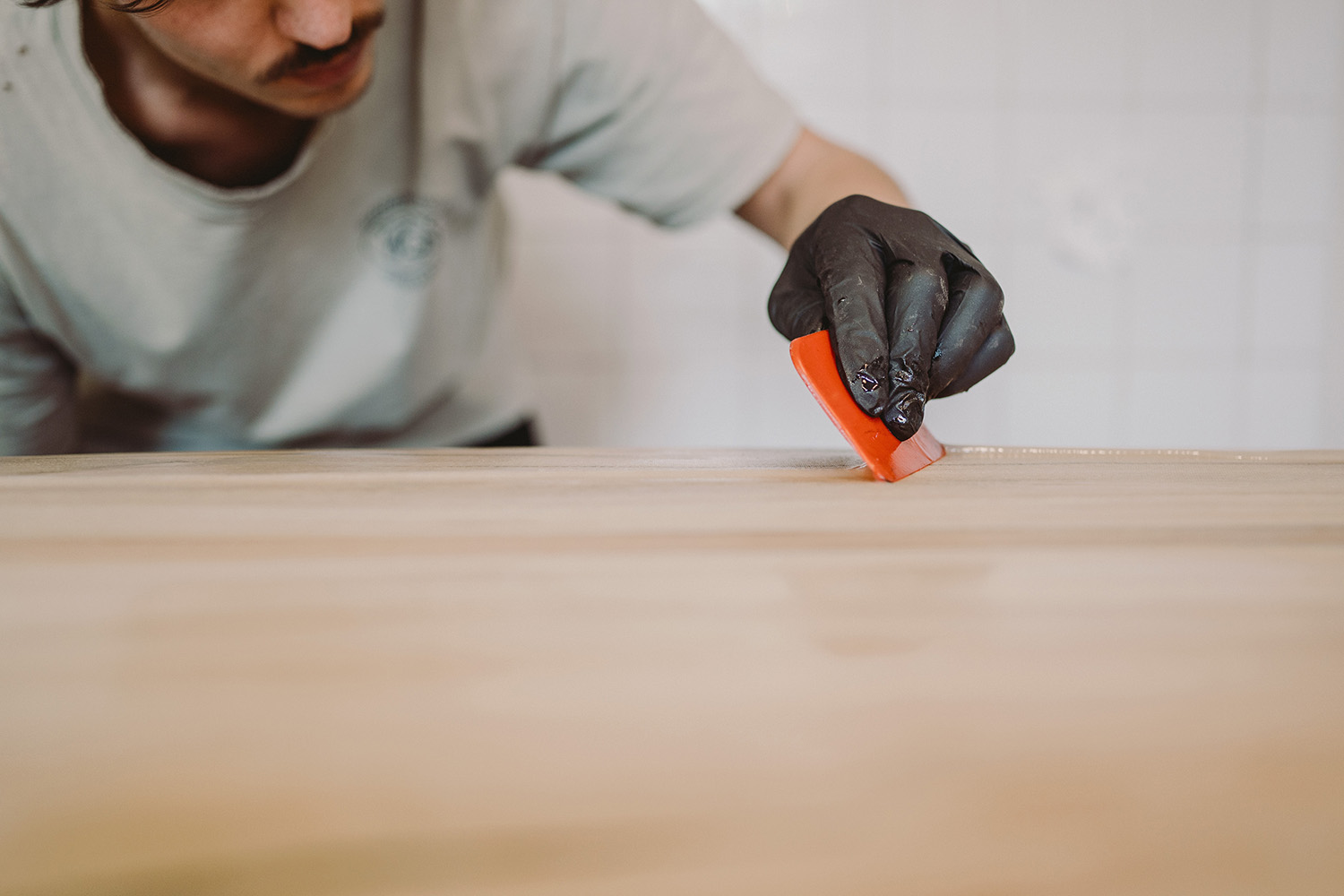
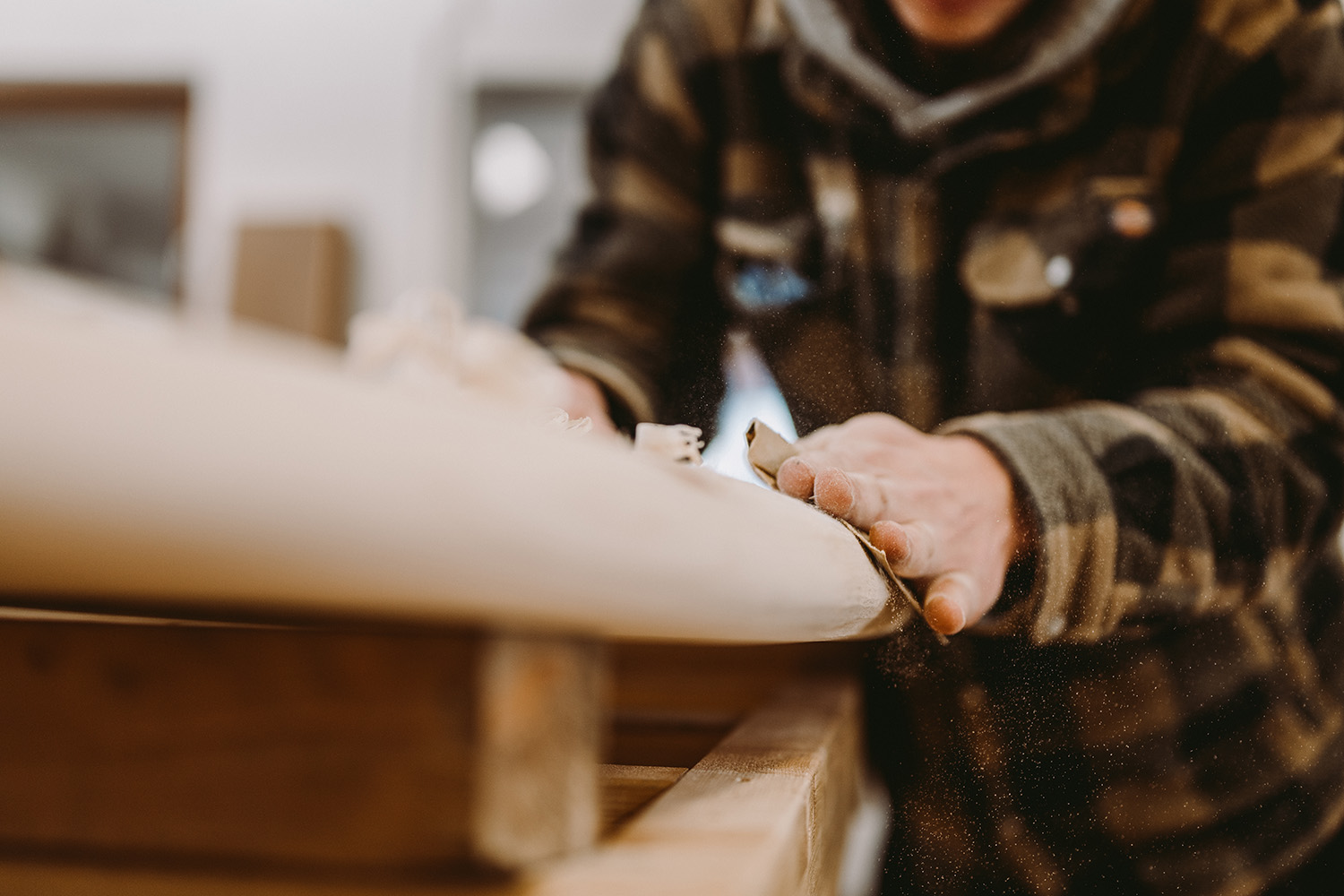
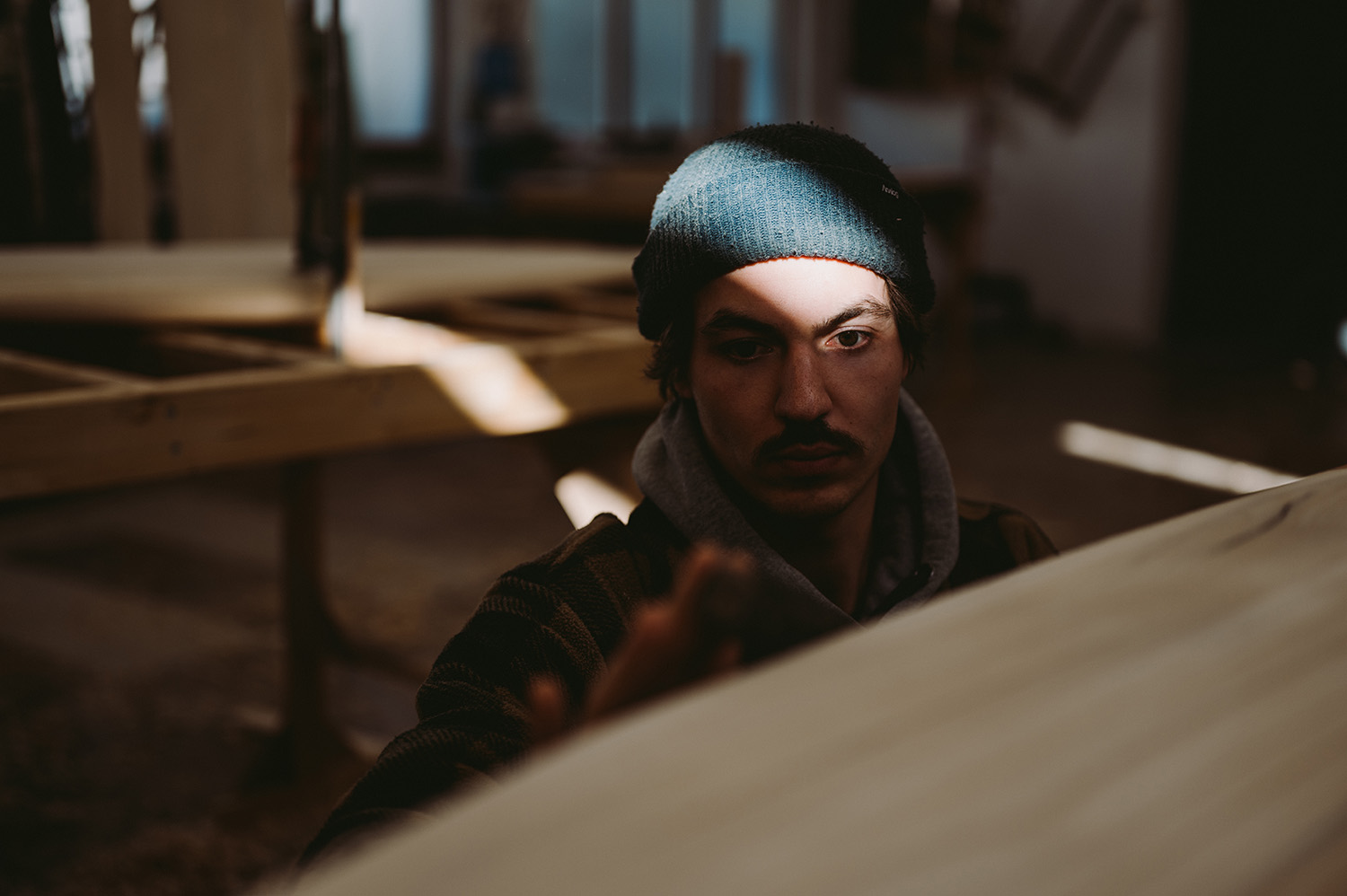
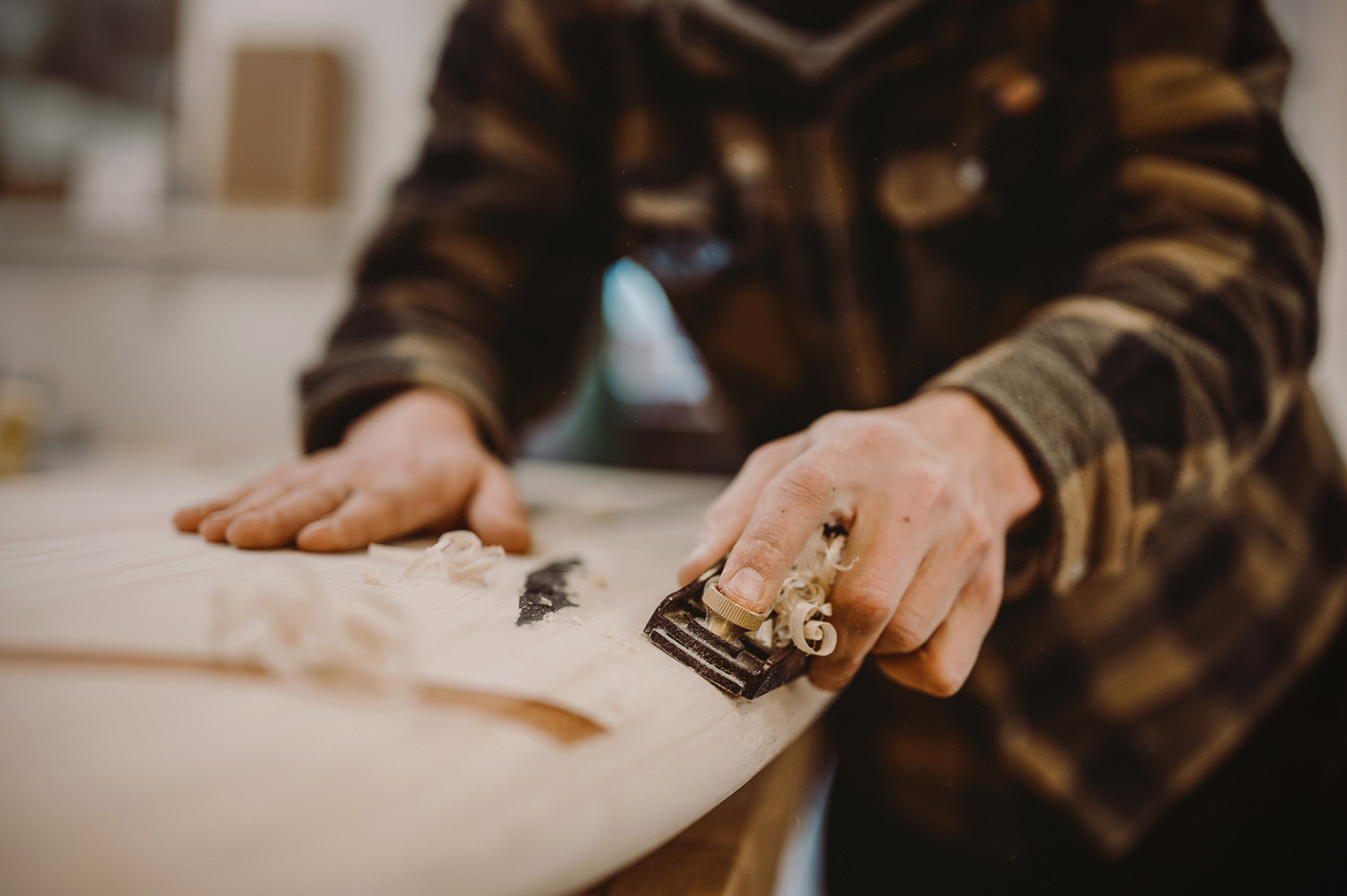
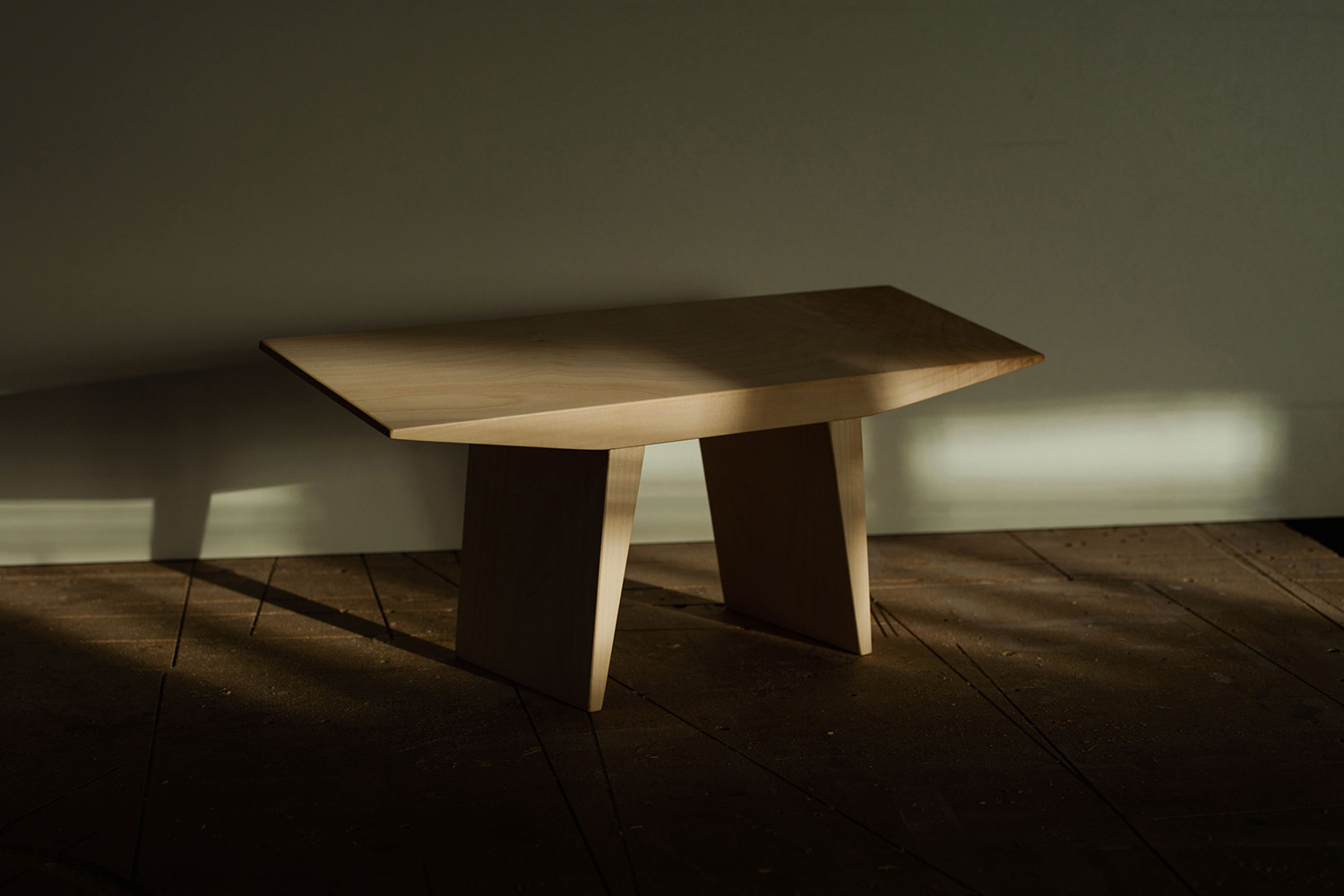





The advent of the hollow surfboard
- Valentín creates surfboards made of wood
- His pieces are biodegradable alternatives to foam boards
- He loves surfing
After completing his foundation degree in timber construction and finishing, Valentín Koch started training as a carpenter in 2015. He wanted to bring his theoretical knowledge of materials science, statics, and machine technology to a practical level. “Before starting my own business in 2018, I worked for a summer at Europe's pioneer of self-sufficient tiny houses in Vienna to gain insights into sustainable construction and the development of clever utilisation concepts in a limited space,” he explains. In 2020 he opened his own workshop. “As a passionate surfer, my big dream of building hollow wooden surfboards could now become a reality. I taught myself this process with the help of a handful of videos and refine and optimise it over the years.”
Interview


- What is making wooden surfboards all about nowadays?
- The history of wooden surfboards goes back to the 12th century. After Bob Simmons invented foam blanks out of polystyrene in 1950, wooden boards almost completely disappeared from the scene due to their weight and the complex manufacturing process. Nowadays, wooden surfboards are built hollow, which makes them a real alternative to non-biodegradable foam boards in terms of sustainability, durability, performance and craftsmanship.
- What are the techniques you work with?
- I started building hollow wooden surfboards a few years ago, amazed by the process of turning super thin, light and fragile pieces into a high performing and long-lasting surfboard. This requires a range of skills and precision, otherwise the board will not work well.
- What are the challenges in the making process?
- Every piece of wood reacts differently to steaming, bending, planing, sanding and laminating: you have to be flexible and able to react quickly. For several years I have been studying different outlines, rails, concaves and fin setups to understand the interaction of the individual components. Each of these variables has an immense influence on the performance of the board and needs to be approached skilfully.
- Do you give courses in your workshop?
- I support people in the design, creation and making of various wooden products. I take great pleasure in imparting knowledge of the craft and helping people to make their own ideas into a tangible reality. This often gives my participants a new connection to the craft and the self-made product. I would like to create awareness here and thus ensure appreciation and sustainability.
Valentin Koch is a rising star: he began his career in 2020 and he started teaching in 2022
Where
Valentin Koch

